Lighting design is one of the most important aspects of museum design, which needs to comprehensively consider the structure of museum exhibition hall, display features and visual effects for reasonable design. Some have even likened the museum to a "magic mirror" of light, because of the overall dark decoration of the museum, the requirements for lighting are extremely high, a lamp is good, put in the museum to try to know.
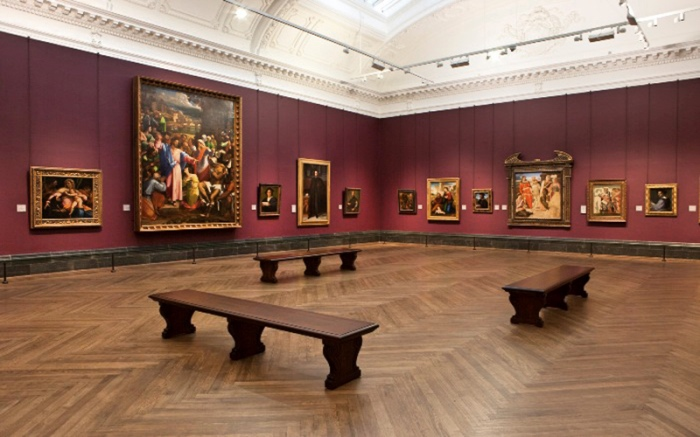
First, high CRI, Museum exhibits especially in art exhibitions of paintings, painted works, painted pottery, colored fabrics, etc., have high requirements for color discrimination. The high visibility of the light can better restore the color, historical sense and artistic sense of the object. Generally speaking, the light index in the museum should not be lower than 90. If the light index is not up to the standard, the exhibits will appear color deviation in the eyes of the audience, and even the original appearance of the exhibits can not be seen.
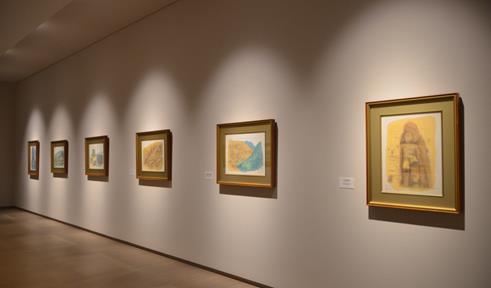
Second, the appropriate color temperature. To combine the exhibits and the overall display style, choose the appropriate color temperature. The light of high illuminance LOW color temperature, can LET A person be agitated, AND THE LIGHT of low illuminance HIGH color temperature, can LET a person feel sad, depressed. Therefore, light with low illumination and low color temperature, which can make people quiet and comfortable, is more suitable for museum space, so that cultural relics can tell their history and vicissitudes, and people can enjoy them quietly.
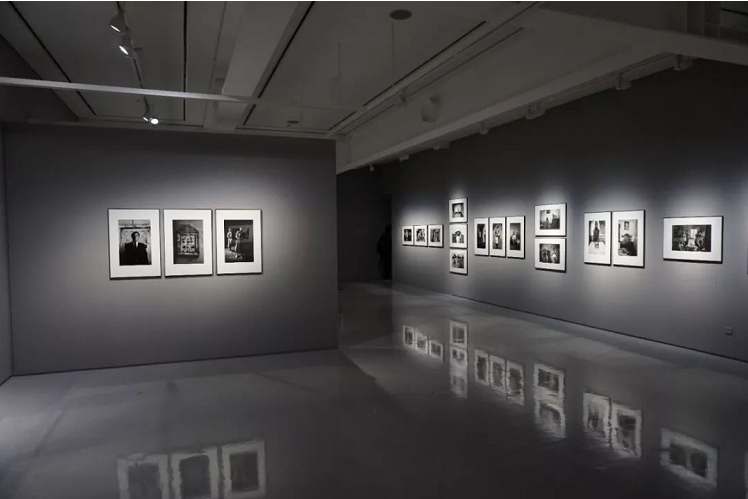
Third, uniform illumination. The lighting design of the exhibition hall should not only highlight the characteristics of exhibits, but also take into account the function of protecting exhibits. It is necessary to control the illuminance of lighting, especially those exhibits sensitive to lighting, such as paper and silk, whose illuminance should be controlled within 50Lx, or by reducing the exposure time to minimize the damage of lighting to exhibits.
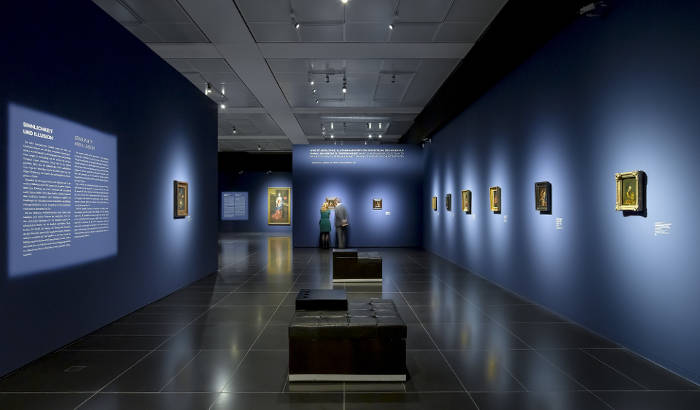
Fourth, anti glare. In museums, due to the overall dark environment, if the light brightness is too high, visitors will have a sense of visual discomfort, which is discomfort glare. Or when coming out of a dark exhibition hall in a museum, visitors walk into a sunny or bright environment, and their eyes show decreased vision, that is, blurred vision. Therefore, anti-glare light is one of the important indicators to ensure visitors' experience, and it is also a necessary condition to create a comfortable visual environment.
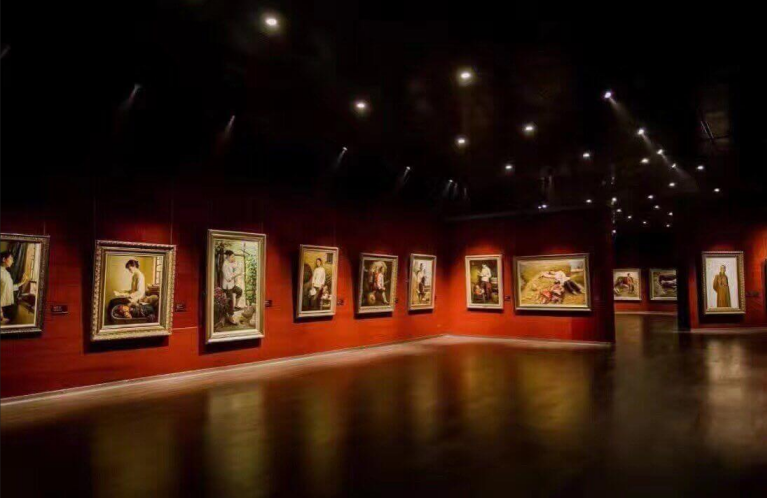
Copyright © Shenzhen Powerstar Technology Co., Ltd. All Rights Reserved. | Sitemap | Powered by 